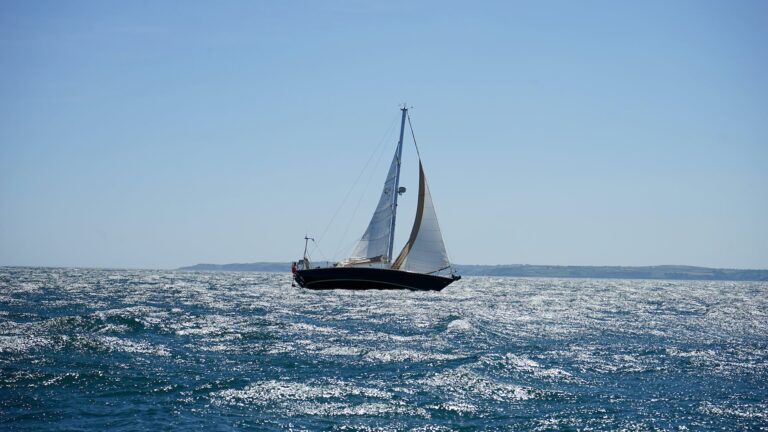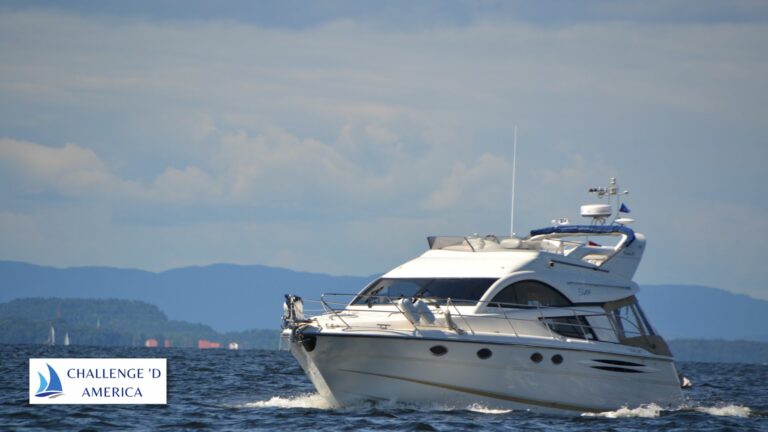How Do You Sail With Little Wind?
Introduction
Sailing in little wind can be a challenge. Experienced sailors know that sailing in light winds requires finesse and skill, rather than brute force. Here are some essential tips for sailing with little wind. With these tips, you’ll be able to make the most of the available breeze and stay on course.
Tip 1: Curving and Twisting the Sail
A rounded and baggy sail shape will make more use of available wind than a tight, flat sail. The curved shape of the sail helps it to ‘catch’ more wind, and also allows it to twist in order to adjust for changes in direction of the wind. If you’re sailing in light winds, ensure that your sails are properly trimmed, with just enough tension to keep them slightly curved. This will help you make better use of the available breeze.
Tip 2: Adjusting the Jib Twist
The jib twist is an important component of sail trim when sailing in light winds. To adjust jib twist, position your jib sheets so that they drive the leading edge of your jib up or down as needed. This will allow you to control how much twist you have in your jib, which can help you maximize power when sailing in light winds.
Tip 3: Adjusting the Mainsail Twist
Mainsail trim is another key component of sailing in light winds. To adjust mainsail twist, pull on your traveler so that it is positioned slightly forward of centerline when sailing close hauled or upwind. This will create an appropriate amount of twist for low-wind conditions and allow you to better utilize any available breeze.
Tip 4: Utilizing Apparent Wind Apparent wind is your ally when sailing in light winds.
Apparent wind is created by combining true wind direction with speed over ground, this combination creates a ‘virtual’ wind that can be used even when true wind is minimal or absent altogether. By utilizing apparent wind, you can make better use of any available breeze and maximize power even when conditions are unfavorable.
Tip 5: Catching Catspaws
Catspaws are small gusts or puffs of air that can be found moving across bodies of water on otherwise calm days. Experienced sailors know how to identify catspaws and take advantage of them when present, they can be used to increase speed or create lift while sailing in light winds. When catspaws are present, pay attention to their direction and take advantage by quickly adjusting sail trim as they pass by your boat.
Tip 6: Riding the Tide Another way to make use of little wind is by riding on a strong tide current if one is present.
The tide current can provide additional speed even when there is no true wind, this extra speed can help keep you moving towards your destination even if there isn’t much breeze around. Be aware that tides can also cause eddies or counter-currents, these eddies can slow progress if not accounted for during navigation planning.
Tip 7: Knowing Where to Find Wind Knowing where to find patches or pockets of air is essential for successful sailing in light winds.
Look for areas with higher concentrations of air such as shorelines or near islands, these areas tend to have more consistent airflow than open water due to land/water boundaries creating ‘wind shadows’ which trap air against shorelines and islands. When possible, take advantage by positioning your boat within these areas while sailing upwind or close hauled.
Tip 8 : Don’t Rock The Boat
Sailing with little wind requires finesse rather than brute force, it’s important not to rock the boat too much while maneuvering in low-wind conditions as this will only slow progress further due to increased drag through hull wake turbulence. Avoid sharp turns, sudden acceleration/deceleration and excessive hardening up/easing off while navigating, instead look for gentle movements which will help maintain momentum while also conserving energy.
Conclusion
Sailing with little wind doesn’t have to be difficult – with some practice and knowledge about sail trim adjustments, utilizing apparent winds and taking advantage of gusts like catspaws , sailors can stay on course even during unfavorable conditions.
By understanding where best to find pockets or patches of air , you’ll maximize your efficiency when battling with lighter winds. Finally , always remember not rock the boat too much – smooth , gentle movements will help maintain momentum and get you home safely.







